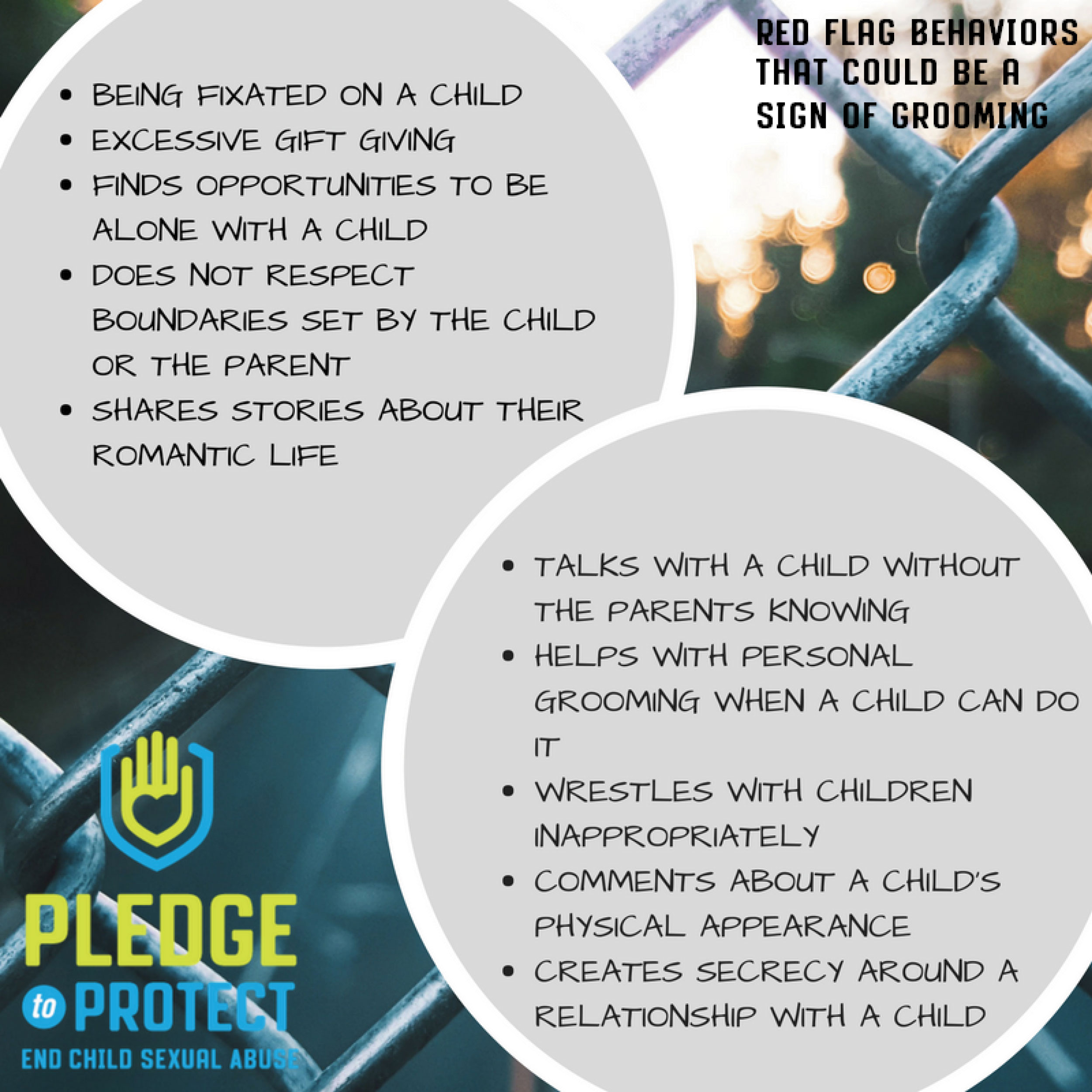What to do when a child reports abuse
In case of emergency, please call 9-1-1 to report abuse.
In Minnesota, abuse is reported by county: https://mn.gov/dhs/people-we-serve/children-and-families/services/child-protection/contact-us/
General guidelines for talking with a child about abuse:
- Listen and do not fill in words for the child
- If the child is having a difficult time talking, don’t help with words that you think the child is going to say. Allow the child to tell you what happened in their own words
- Tell the child that you are glad they told you
- Tell the child, “It was not your fault.”
- Reassure the child that they are not in trouble
- If the child asks you not to tell anyone, remind the child that it is your job to help keep them safe and that you will do whatever you may need to do to keep them safe
- Do not be overly critical of the offender. Children are protective of people they care about, even if they are being abused
- Tell the child you love them
- Do not express panic or shock
- Use the child’s vocabulary to the child and when reporting
- Be aware of your own feelings about abuse so that hopefully you will not project these onto the child
- Do not ask probing questions
- Remember to report suspected abuse
The Grooming Process
The national center for Victims of Crime states the perpetrators may use grooming behaviors to gain the trust of a child and their guardians in order to gain access to a victim and create a relationship that is grounded in secrecy to lessen the chance of disclosure. Although any one sign may not indicate a grooming pattern, it is important for adults in our community to recognize these behaviors if they are happening.
The Grooming Process Can Include:
- Gaining Access To Children
- Gaining Trust
- Finding One To One Time
- Introducing Touch
A potential perpetrator may seek out opportunities to be around children in order to identify a vulnerable victim.
90% of abusers are someone the victims knows and trusts.
Is There A Typical Offender?
There is no physical profile of a typical abuser. Perpetrators represent a diverse group of people; however, the majority are male. They often know the victim and their family and look and act like everyone else.


